One thing is clear in this case and that is that this was not going to be a trial that was so cut and dried, many in the media had tried, convicted, and sentenced Kyle Rittenhouse long before he ever got to court. Now the witness testimonies are coming to public light and witnesses for the prosecution are giving evidence that Rittenhouse acted in self-defense, and in fact, his life was in mortal danger. The Associated Press has the story:
Legal experts agreed prosecutors had the bigger challenge going in, and some said they didn’t come close to persuading jurors
KENOSHA, Wis. (AP) — Prosecutors wrapped up more than a week of testimony at Kyle Rittenhouse’s homicide trial after calling more than a dozen witnesses — some appearing to help the defense more than the prosecution.
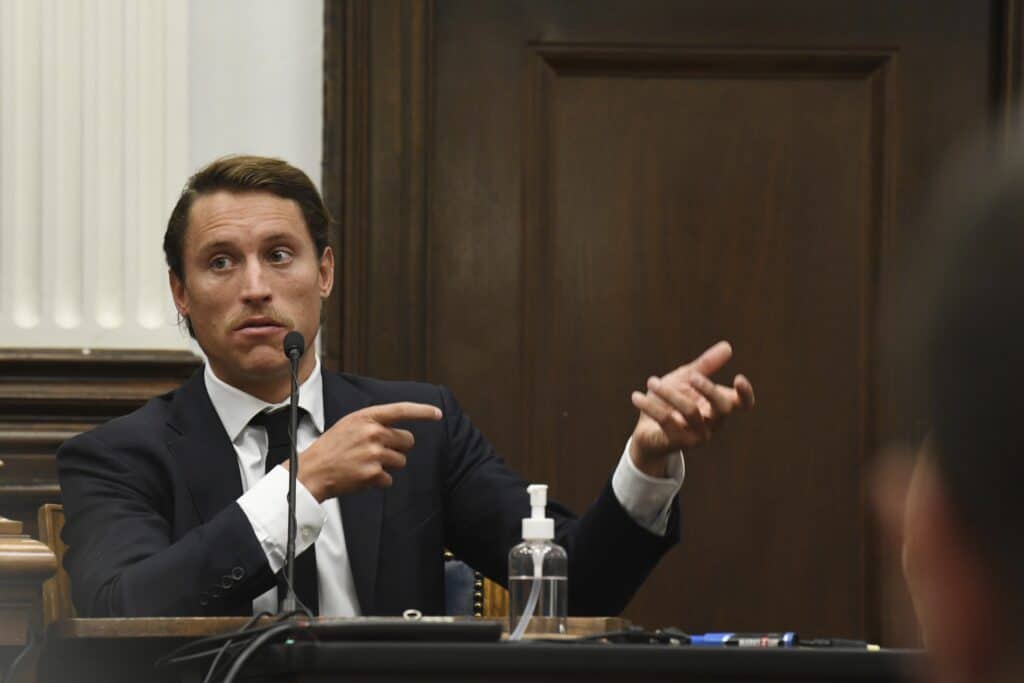
The onus was on prosecutors to counter Rittenhouse’s self-defense claim in shooting dead two protesters and wounding a third at a protest in Kenosha last year following the shooting of Jacob Blake, who is Black, by a white police officer. The defense team began their case on Tuesday.
Rittenhouse, then 17, fatally shot Joseph Rosenbaum at a car lot. After running from that scene, he shot and killed Anthony Huber and wounded Gaige Grosskreutz.
A look at the state’s presentation to jurors:
HOW DO LEGAL EXPERTS THINK IT WENT?
Legal experts agreed prosecutors had the bigger challenge going in, and some said they didn’t come close to offering the kind of testimony sure to persuade jurors.
“The case has gone very badly for the prosecution,” said Phil Turner, a former federal prosecutor who has followed the trial through the media.
Prosecutors endeavored to show Rittenhouse’s fears for his life on the night of Aug. 25, 2020, weren’t justified. But successive state witnesses, Turner and other legal experts said, seemed to buttress the defense assertion that Rittenhouse had good reason to be afraid.
But not everyone believes the state’s presentation went that badly.
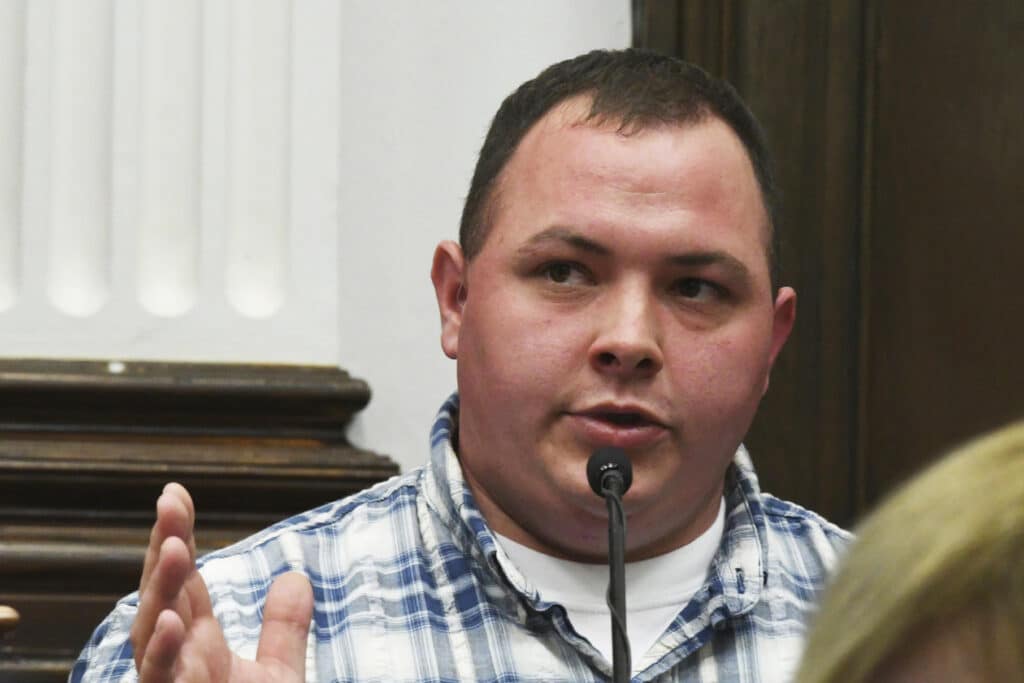
Joe Lopez, a Chicago-based defense attorney, singled out witnesses who said Rosenbaum acted oddly but didn’t pose a threat as testimony helpful to the state.
“The prosecution has called witnesses that hurt their case — but sometimes you take the good with the bad,” Lopez said.
WHAT ARE SOME EXAMPLES OF STATE WITNESSES SEEMING TO AID THE DEFENSE?
Ryan Balch is a military veteran who carried an AR-style rifle that night and patrolled with Rittenhouse. He told jurors how Rosenbaum made ominous threats within earshot of Rittenhouse.
“If I catch any of you guys alone tonight I’m going to f—- kill you!” He recalled Rosenbaum shouting.
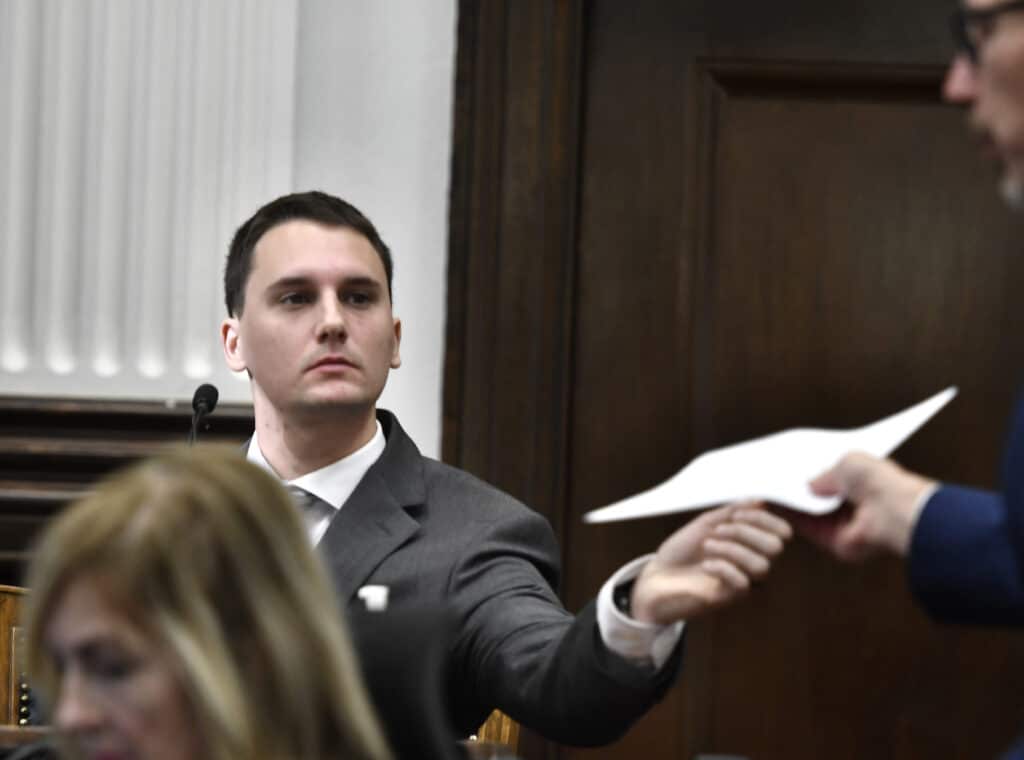
Another witness, videographer Richie McGinniss, described Rosenbaum chasing Rittenhouse and lunging for Rittenhouse’s gun. When prosecutor Thomas Binger pressed McGinniss to concede he didn’t know what Rosenbaum’s intent was, McGinniss had a pointed — and damaging — answer.
“Well,” McGinniss promptly replied, “he said, `F—- you.’ And then he reached for the weapon.”
Gal Pissetzky, another Chicago-based defense attorney, said that was vital testimony — for the defense.
“If (lunging for the gun) is not a threatening action that would put Rittenhouse in fear for his life, I am not sure what would be,” he said.
McGinniss also described Rittenhouse as appearing to do all he could to flee and even shouting “friendly, friendly, friendly” at Rosenbaum to convey he meant no harm.
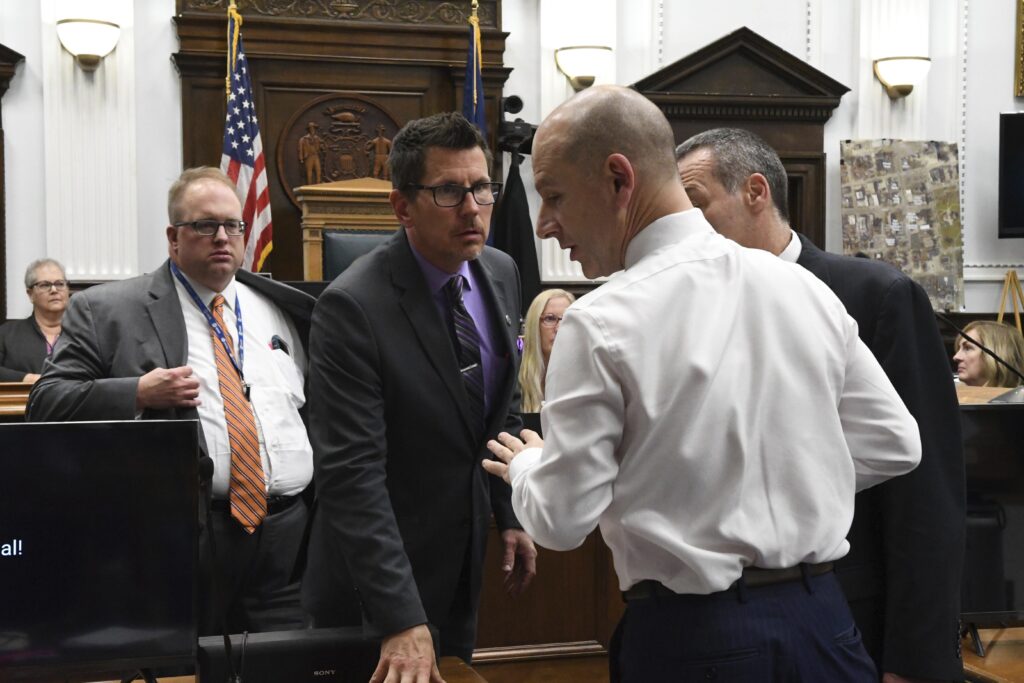
Grosskreutz is another state witness who may have helped the defense case as much as the prosecutions. He testified that he carried a loaded pistol that night and acknowledged that it was aimed at Rittenhouse when Rittenhouse shot him — although Grosskreutz maintained he didn’t intentionally aim the gun and said he wouldn’t have fired.
WERE THERE NOTABLE MISSTEPS BY PROSECUTORS?
Prosecutors made at least one unforced error that allowed evidence favorable to the defense that otherwise would have been barred.
It happened with Rosenbaum’s fiancée, Kariann Swart, on the stand when a prosecutor asked her if Rosenbaum had taken medication earlier on the day he was shot.
By asking that question, the judge ruled prosecutors opened the door for the defense to ask Swart what the medication was for. Under cross-examination, she told jurors it was for bipolar disorder and depression.
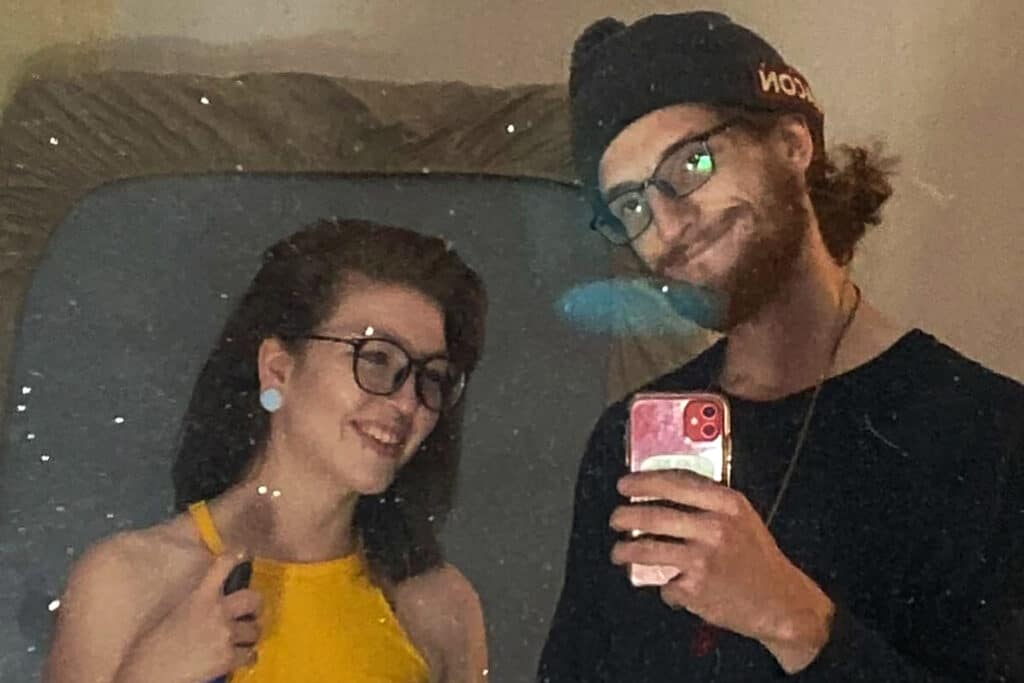
In self-defense cases, the mental health history of an alleged aggressor isn’t considered relevant unless the person who used deadly force was aware of it. Rittenhouse wasn’t.
But getting Rosenbaum’s mental health in front of jurors could add credibility to the idea that Rosenbaum was an unstable aggressor.
WHAT TESTIMONY HELPED PROSECUTORS?
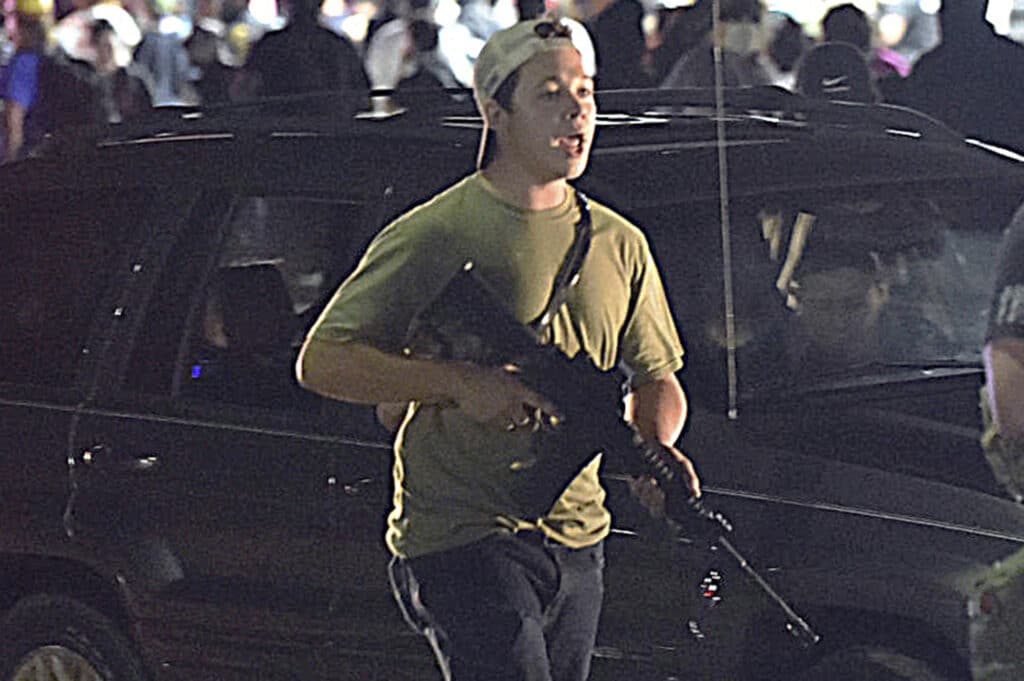
Some testimony depicted Rittenhouse as reckless for attending such a volatile protest with an AR-style semi-automatic rifle, suggesting that was the primary cause of the tragic series of events.
Prosecutors also presented evidence contrasting Rittenhouse’s actions with others who came armed to the protest but never fired a shot.
Prosecutors also sought to play down Rosenbaum as a threat.
Jason Lackowski, another armed veteran in Rittenhouse’s group, told jurors he saw Rosenbaum as “a babbling idiot” and that he perceived his threats as hollow.
WHAT ELSE MAY HAVE HELPED THEIR CASE?
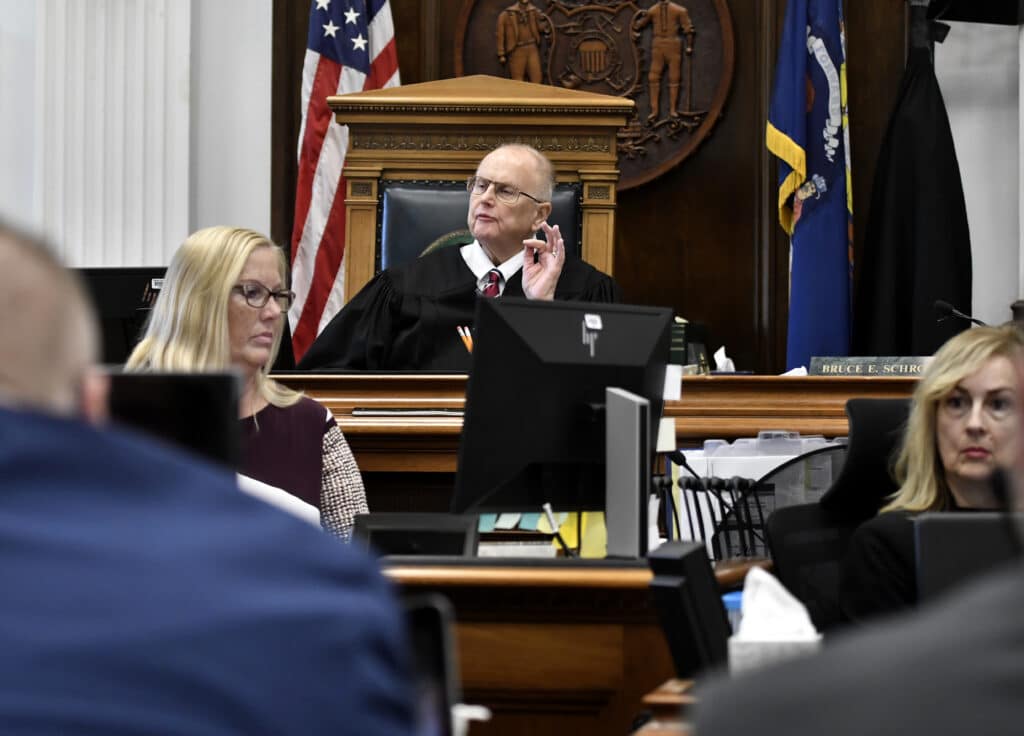
Prosecutors had some success in raising doubts about a key defense assertion that Rittenhouse feared his alleged attackers would wrest his rifle away and use it to shoot him.
State witness Dominick Black, a friend of Rittenhouse’s who similarly showed up with a weapon, told jurors he bought the rifle for Rittenhouse months before the shootings because Rittenhouse wasn’t old enough to own one at the time.
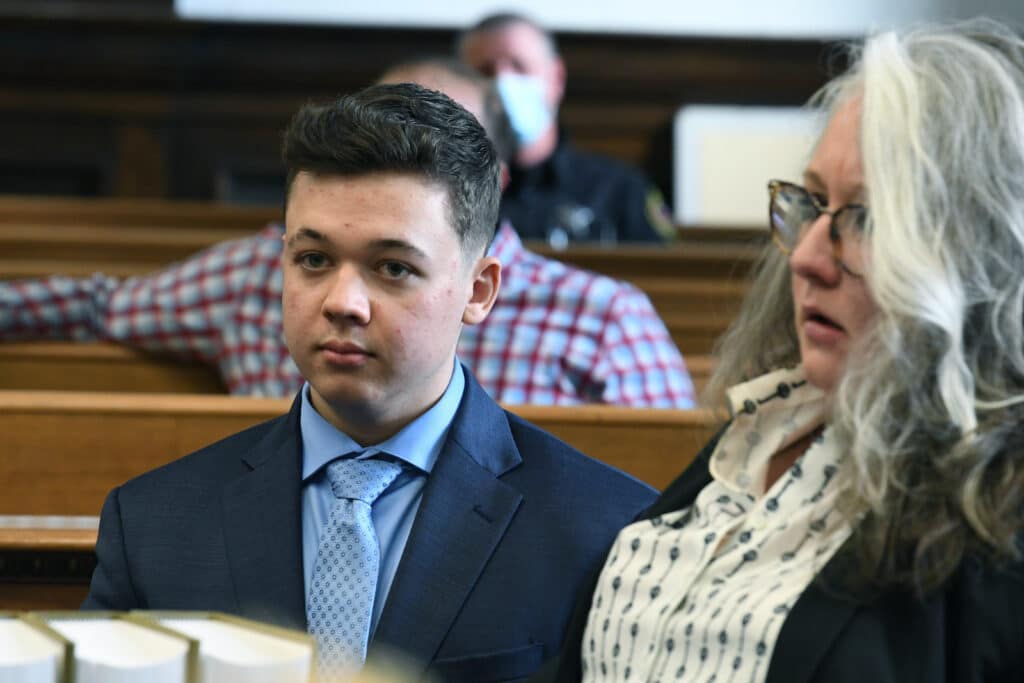
He testified that a gun sling Rittenhouse wore around his neck and shoulder area included a strap that anchored the gun to Rittenhouse’s body. He said that strap would have made it difficult for anyone to pry the gun away — undermining the defense claim that Rittenhouse feared losing control of his weapon.
WHAT’S THE BOTTOM LINE?
Trying to guess how jurors are perceiving evidence is hazardous in any case, perhaps more so in one as novel and politically charged as Rittenhouse’s.
The significance of evidence presented by prosecutors is often not evident until closing arguments — the first opportunity for prosecutors to connect all the dots for jurors.
By MICHAEL TARM






